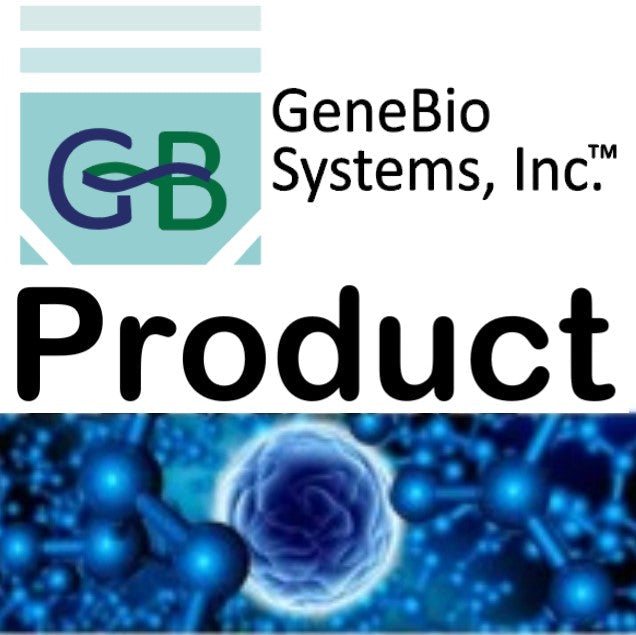Gene Bio Systems
Recombinant Clostridium botulinum Botulinum neurotoxin type B (botB),partial
Recombinant Clostridium botulinum Botulinum neurotoxin type B (botB),partial
SKU:CSB-EP533025DUJ1
Couldn't load pickup availability
Size: 200ug. Other sizes are also available. Please Inquire.
In Stock: No
Lead time: 10-20 working days
Research Topic: Microbiology
Uniprot ID: B1INP5
Gene Names: botB
Organism: Clostridium botulinum (strain Okra / Type B1)
AA Sequence: PVTINNFNYNDPIDNNNIIMMEPPFARGTGRYYKAFKITDRIWIIPERYTFGYKPEDFNKSSGIFNRDVCEYYDPDYLNTNDKKNIFLQTMIKLFNRIKSKPLGEKLLEMIINGIPYLGDRRVPLEEFNTNIASVTVNKLISNPGEVERKKGIFANLIIFGPGPVLNENETIDIGIQNHFASREGFGGIMQMKFCPEYVSVFNNVQENKGASIFNRRGYFSDPALILMHELIHVLHGLYGIKVDDLPIVPNEKKFFMQSTDAIQAEELYTFGGQDPSIITPSTDKSIYDKVLQNFRGIVDRLNKVLVCISDPNININIYKNKFKDKYKFVEDSEGKYSIDVESFDKLYKSLMFGFTETNIAENYKIKTRASYFSDSLPPVKIKNLLDNEIYTIEEGFNISDKDMEKEYRGQNKAINKQAYEEISKEHLAVYKIQMCKSVK
Expression Region: 2-441aa
Sequence Info: Partial
Source: E.coli
Tag Info: N-terminal 10xHis-tagged and C-terminal Myc-tagged
MW: 55.8 kDa
Alternative Name(s): Bontoxilysin-B
Relevance: Botulinum toxin acts by inhibiting neurotransmitter release. It binds to peripheral neuronal synapses, is internalized and moves by retrograde transport up the axon into the spinal cord where it can move between postsynaptic and presynaptic neurons. It inhibits neurotransmitter release by acting as a zinc endopeptidase that cleaves the '76-Gln-|-Phe-77' bond of synaptobrevin-2.
Reference: "Analysis of the neurotoxin complex genes in Clostridium botulinum A1-A4 and B1 strains: BoNT/A3, /Ba4 and /B1 clusters are located within plasmids." Smith T.J., Hill K.K., Foley B.T., Detter J.C., Munk A.C., Bruce D.C., Doggett N.A., Smith L.A., Marks J.D., Xie G., Brettin T.S. PLoS ONE 2:E1271-E1271(2007)
Purity: Greater than 85% as determined by SDS-PAGE.
Storage Buffer: Tris-based buffer,50% glycerol
Storage: The shelf life is related to many factors, storage state, buffer ingredients, storage temperature and the stability of the protein itself. Generally, the shelf life of liquid form is 6 months at -20℃/-80℃. The shelf life of lyophilized form is 12 months at -20℃/-80℃.
Notes: Repeated freezing and thawing is not recommended. Store working aliquots at 4℃ for up to one week.


